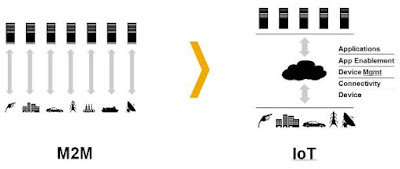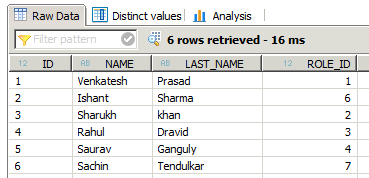Introduction
Interested in getting certified as official SAP HANA supporter? In this blog, I will explain how you can prepare for the SAP Certified Support Associate - SAP HANA certification exam.
This blog is part of a series.
The Support Associate certification was introduced with SPS 06 (June 2013). Tim Breitwieser blogged about it at the time on SCN:SAP HANA Certification Program extended with "SAP Certified Support Consultant". In this blog he explained that the exam is "a pre-requisite for VARs to become authorized to deliver support for SAP HANA". For those that have access to SAP PartnerEdge, you can find all information in the Overview Presentation: VAR-Delivered Support for SAP HANA.
Topic Areas
There are 80 questions divided over ten topic areas. Cut score is 60%, which means that you need to answer at least 47 questions correct. Below the different topics and their relative weight. See the C_HANASUP_1 page on the SAP Training and Certification Shop for the specifics.
Interested in getting certified as official SAP HANA supporter? In this blog, I will explain how you can prepare for the SAP Certified Support Associate - SAP HANA certification exam.
This blog is part of a series.
- SAP Certified Technology Associate - SAP HANA
- SAP Certified Technology Specialist - SAP HANA Installation
- SAP Certified Support Associate: SAP HANA
The Support Associate certification was introduced with SPS 06 (June 2013). Tim Breitwieser blogged about it at the time on SCN:SAP HANA Certification Program extended with "SAP Certified Support Consultant". In this blog he explained that the exam is "a pre-requisite for VARs to become authorized to deliver support for SAP HANA". For those that have access to SAP PartnerEdge, you can find all information in the Overview Presentation: VAR-Delivered Support for SAP HANA.
Topic Areas
There are 80 questions divided over ten topic areas. Cut score is 60%, which means that you need to answer at least 47 questions correct. Below the different topics and their relative weight. See the C_HANASUP_1 page on the SAP Training and Certification Shop for the specifics.












